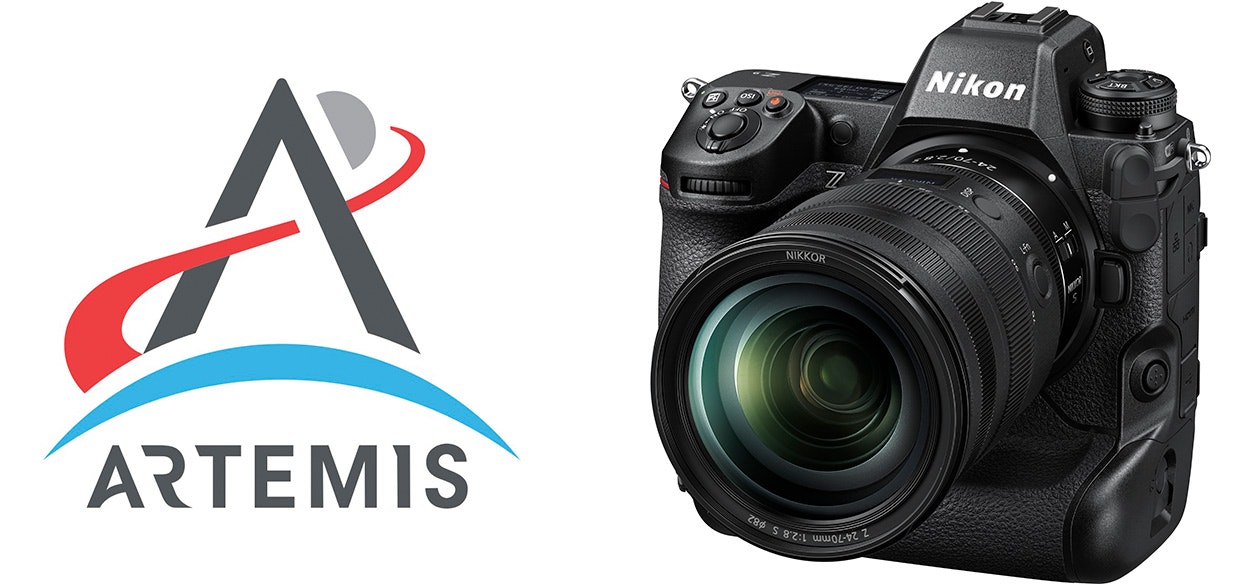NASA Collaborates with Nikon to Develop Lunar Camera for Artemis Program | Release #68

The day when home cameras can be used in space may not be far off.
NASA is advancing the development of a handheld camera for use on the lunar surface for the Artemis III mission scheduled for 2026.
What is the Artemis Program?
The Artemis Program is a project by the United States aiming for the unexplored regions of the Moon, particularly the mysterious lunar South Pole. This program has the grand goal of sending "the first female astronaut and the next male astronaut of the Apollo program" to the lunar surface.
The project is named after Artemis, the goddess of the night, continuing the tradition of her brother Apollo, symbolizing the sun (the namesake of the Apollo program that once led humanity to the Moon). Announced in May 2019, this program will mark the beginning of a new chapter in space exploration.

© NASA | Astronauts practicing with the handheld camera
Designing a Camera with Nikon to Withstand Harsh Lunar Conditions
NASA has partnered with Nikon to begin the development of a special space camera that can function in the harsh lunar environment, including temperature changes exceeding 100°C, cosmic radiation, and microgravity, which differ from Earth's conditions.
This historic collaboration will allow astronauts to document life and research on the Moon, capturing invaluable moments and possibly unique selfies by the astronauts themselves. The camera under development is set to demonstrate its capabilities during the Artemis III mission scheduled for September 2026.
Film Cameras Used in the Apollo Program
In the past, astronauts of the Apollo program used cameras equipped with 70mm film magazines to capture precious moments of their missions. However, more than 50 years have passed since then, and times have changed. NASA is seeking cameras with more flexible operability and higher functionality.

© NASA | Scenes of lunar exploration captured on film
Customizing the Nikon Z9 for Space Use
Nikon is working on specially adjusting the flagship mirrorless camera, Nikon Z9, which has already been delivered to NASA for use on the International Space Station (ISS), for lunar use. The improved version will be equipped with Nikon's high-performance NIKKOR lenses and protected by NASA's unique thermal blanket. Additionally, a custom grip will be installed to allow operation even with thick gloves.
Furthermore, the latest imaging technology is adopted to protect electrical components from space radiation. It can also shoot videos and is capable of shooting in low-light conditions. It is expected to create high-quality space records that are distinct from the photos taken during the Apollo program era.

© Nikon Corporation | Artemis Program Logo (left), Nikon Z9 (right)
It is gratifying that Japanese imaging technology contributes to this grand project.
Just as our grandparents were thrilled by the Apollo program's lunar landing, we too will witness a new era of lunar landings in a few years. It is sure to be filled with new excitement. We look forward to the wonders that the 21st-century lunar landing will bring.
Cover image by T15




